Food for Animals
We will learn about the different kind of food for animals to live and grow. Like us, we know all animals need food to live and grow. Animals move from one place to another place in search of food. Different animals eat different kinds of food.
Animals that eat only plants:
Some animals eat plants and plant products like grass, leaves and fodder. Goat, cow, horse and sheep eat only plants.
Animals that eat grains, seeds and fruits:
Some animals eat seeds, grains and fruits. Sparrow, hen pigeon, squirrel and monkey eat seeds, grains and fruits.
Animals that eat insects and worms:
Some animals eat insects and worms. Spider, lizard, bat and frog eat insects and worms.
Animals that eat other animals:
Some
animals eat flesh of other animals. They kill smaller animals to eat.
These smaller animals are called their prey. Lion, hawk, wolf,
kingfisher and vulture eat flesh of other animals.
Animals that eat both plants and flesh of other animals:
Some animals eat both, plants and flesh of other animals. Bear and crow eat both, plants and flesh of other animals.
1. What are herbivores? Give few examples of herbivores.
Animals that eat plants, grains, seeds and fruits are called plant-eaters or herbivores. Rabbit, goat, horse, giraffe, cow, etc. are herbivores.
2. What are carnivores? Give few examples of carnivores.
Animals that eat insects, worms and flesh of other animals are called flesh-eaters or carnivores. Lion, tiger, wolf, kingfisher, lizard, snake, hawk, crane, etc, are carnivores.
3. What are omnivores? Give few examples of omnivores.
Animals that eat both plants and flesh of other animals those animals are called omnivores. Fox, bear, human being, crow, etc. are omnivores.
Different food for animals helps us to know the category of an animal whether the animal belongs to herbivorous, carnivorous, and omnivorous.
From Food for Animals to HOME PAGE
Recent Articles
-
What Is Plasma? | Blood Plasma | Proteins | Nutrients | Cholesterol
Nov 07, 25 10:29 AM
Blood is a mobile fluid which is a connective tissue and is derived from the mesoderm like cell any other connective tissue. Colour of blood is reddish and that flows inside the blood vessels by means… -
Disorders of Respiratory System | Tuberculosis | Pleurisy | Emphysema
Oct 28, 25 11:39 PM
Tuberculosis is very common disease and is caused by a type of bacteria called Mycobacterium tuberculosis. This disease causes different trouble in the respiration and infection of several parts of th… -
Regulation of Respiration | Respiratory Centres | Inspiratory Area |
Oct 14, 25 12:13 AM
Respiratory Centre is the area that controls the rate of respiration and it is observed to be located in medulla oblongata and pons. Respiratory Centre has the following will dispersed components like… -
Explain Transport of Gases | External Respiration | Tissue Respiration
Oct 09, 25 11:35 PM
In humans gaseous exchange is completed in the following ways the steps are - External Respiration or Breathing - Breathing in false taking in of Oxygen and giving out of carbon dioxide in the body. M… -
Kind and Number of Teeth | Location of Teeth in Mouth | Care of Teeth
Sep 11, 25 12:52 AM
Kind and Number of Teeth
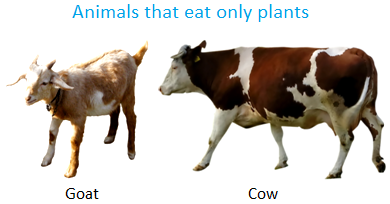
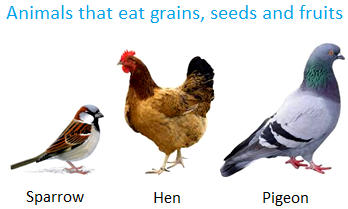
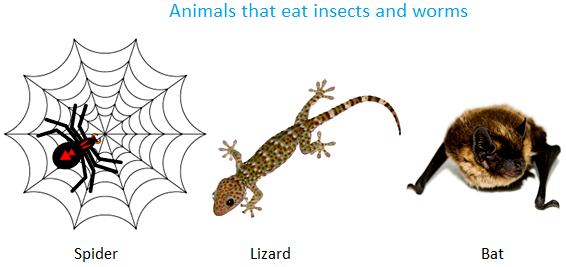
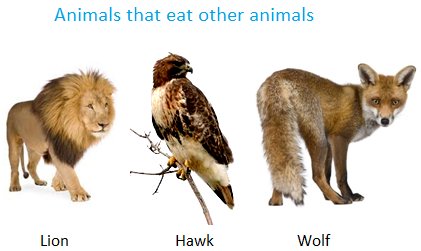
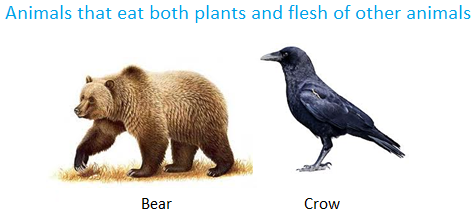





New! Comments
Have your say about what you just read! Leave me a comment in the box below.